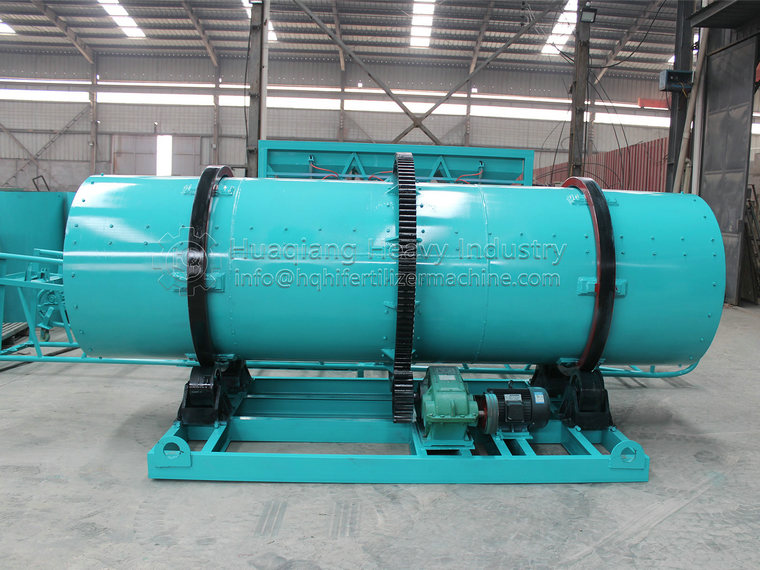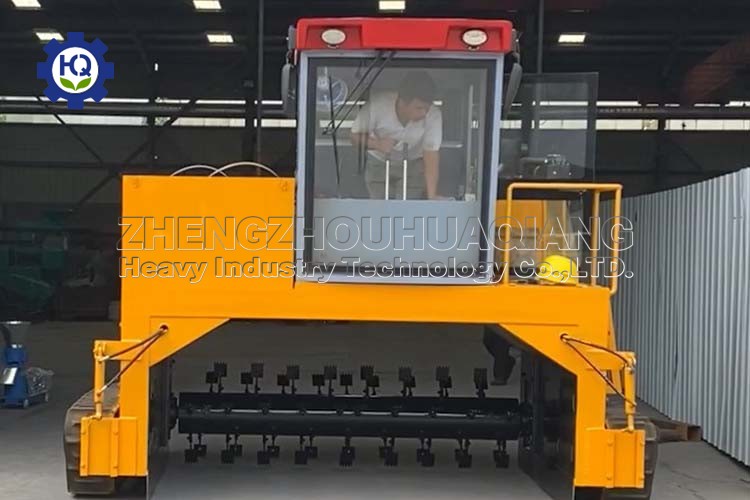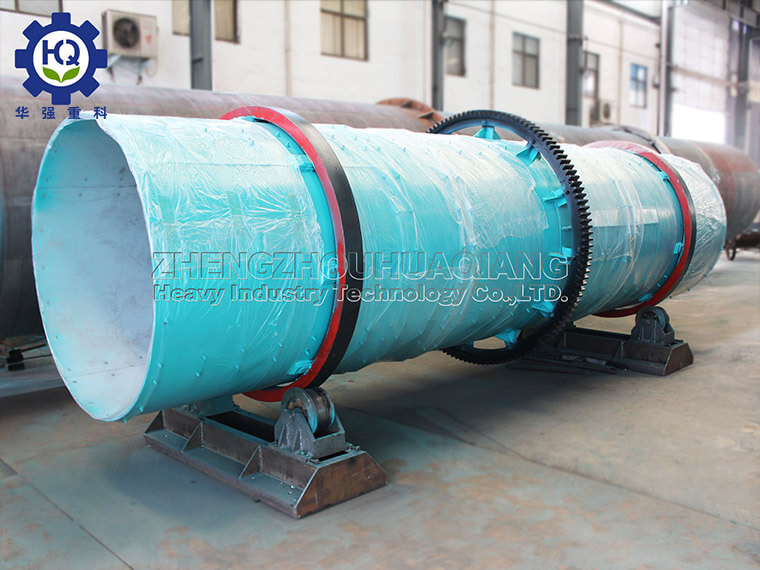The workflow of the rotary drum granulator mainly includes the following steps:
Raw material preparation:
Raw materials (such as organic materials, inorganic materials, compound fertilizers, etc.) usually require pre-treatment before entering the rotary drum granulator. This may include crushing to ensure that the raw materials reach the appropriate particle size; Mixing to ensure uniform distribution of various components; And humidity adjustment to control the moisture content of the raw materials, making them suitable for granulation.
Raw material feeding:
The preprocessed raw materials are evenly fed into the rotary drum granulator through a feeding device. The control of feeding rate is crucial for maintaining the stability and particle quality of the granulation process.
Granulation process:
When the raw materials enter the rotary drum granulator, centrifugal force begins to act, causing the raw materials to move towards the edge of the rotary drum granulator. During this process, the raw material particles begin to roll and collide with each other, gradually forming larger particles through the viscous interaction between the raw materials.
To promote particle formation, it may be necessary to spray an appropriate amount of water during the granulation process to increase the viscosity of the raw materials. The water spray system is usually located above the disc and can precisely control the amount of water sprayed.
Particle screening:
As the particles gradually increase, they will gradually slide from the edge of the rotary drum granulator to the screening device below. The screening device usually includes sieves with different pore sizes to separate particles that meet the requirements.
Smaller particles that have not been screened or fully formed particles will be sent back to the disc for further granulation, while oversized particles may need to be crushed and reintroduced into the granulation process.
Drying and cooling:
The initially screened particles may contain high moisture and need to be dried using drying equipment to reduce moisture content and improve particle stability. After drying, the particles may need to undergo a cooling process to reduce temperature and avoid chemical reactions or deterioration during storage or transportation.
Packaging and Storage:
The final dried and cooled granular fertilizer can be weighed, packaged, and then stored or directly transported to the market for sale.
The workflow of the rotary drum granulator is a continuous process, which can effectively produce high-quality granular fertilizers by precisely controlling the feeding rate of raw materials, the rotation speed of the disc, the working status of the water spray system, and the parameters of the screening equipment. Throughout the entire process, the pretreatment of raw materials and the drying and cooling of the final product are key steps in ensuring the quality and performance of granular fertilizers.
.jpg)
.jpg)


.jpg)


.jpg)
